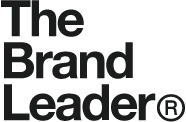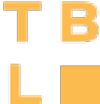Outlaw Archetype
The Outlaw archetype embodies rebellion, nonconformity, and a drive for revolution. They challenge the status quo, striving for change by breaking rules and dismantling oppressive systems. Outlaw brands often appeal to individuals who value freedom, authenticity, and boldness.
Core Traits:
- Motivation: Revolution, independence, and self-expression.
- Desires: To disrupt, challenge authority, and bring about transformative change.
- Fear: Being powerless or ineffective in enacting change.
- Voice: Defiant, daring, and provocative.
Characteristics in Branding:
- Outlaw brands often position themselves as disruptors within their industries. They pride themselves on doing things differently and take risks to connect with consumers who identify with their rebellious ethos.
- These brands foster emotional engagement by aligning with causes, values, or ideals that resonate with the free-spirited or those seeking to escape conventional limitations.
Examples in Practice:
- Harley-Davidson: Represents freedom on the open road and a rebellious spirit.
- Diesel: Challenges traditional notions of fashion with bold, irreverent messaging.
- Virgin Group: Embraces the “rule-breaker” mindset, creating disruptive innovation across industries.
Visual and Messaging Style:
- Outlaw brands often use bold and dark color schemes, including black, red, or metallics, to emphasize their daring nature.
- The tone of communication is audacious, direct, and sometimes confrontational, intentionally creating a sense of edge and individuality.
Caution:
While the Outlaw archetype thrives on pushing boundaries, it must avoid crossing into negativity or alienation. Misusing this archetype can lead to the perception of recklessness or hostility.

